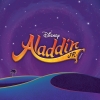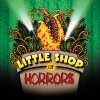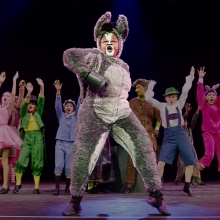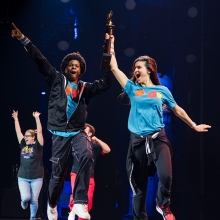Cindy Says: The Other Side of Performing
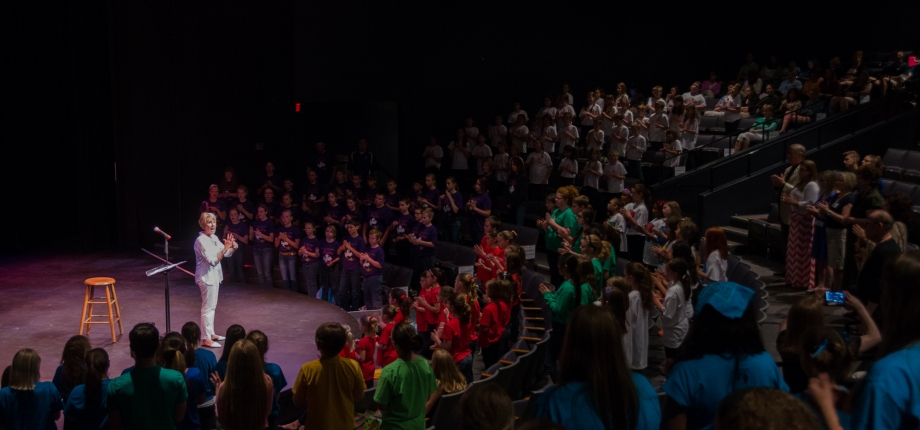
Cindy Says: The Other Side of Performing
I just have returned from our 2019 Junior Theater Festivals in Atlanta and Sacramento. Over 9000 musical theatre lovers of all ages from East and West raved about the adjudications, workshops and performances of 174 groups and numerous Broadway stars. Needless to say, all performers dream of playing to audiences like this, engaged, mesmerized, informed about the theatrical process, and enthusiastic about every moment of the performance. It can be hard to find an audience of students (or adults!) with that kind of focus on the performance, but the JTF audiences were magic! There is no doubt that the audience reaction contributed unwavering energy to the performances given by students and mainstage performers. So, what's the takeaway from this euphoric and unusual experience?
Yes, one more lesson we need to add to our plates - educating our student audiences!
Students do not intrinsically know how to be respectful participants in a presentation. Bringing a child to a theater for the first time can be a challenging experience. Children may not realize the differences between live theatre and sitting in front of a TV or movie screen. Selfishly, to help create the best performance experience for our theatre kids, we should train our student audiences. So how do we do it?
One of the most successful and fun ways to do this is to use your theatre kids to role play good and bad audience behavior. These could be very short improvs on stage prior to a dress rehearsal or school assembly for their peers. The outcomes of each will be obvious! Who better than your own kids to "warm-up" the audience? Begin by having the audience perform something familiar such as "Happy Birthday." Have your students on stage role play two audience reactions:
1. "The Pits" (as we call it in The iTheatrics Method) of audience behavior: texting, falling asleep, inappropriate facial expressions and body language exhibiting extreme boredom, etc. Take time to reflect with your audience how they felt about their performance when their "so called" audience was not at all engaged.
2. "The Peaches" of audience behavior: engaged faces, enthusiastic smiles and attentive postures followed by enthusiastic applause. How did your audience feel?
We want our audiences not only to be respectful, but to express their appreciation for everything our young performers put on the stage.
So, add this to your never-ending "to do" list: Have your students use their brilliant creativity and educate their own audience! No one deserves it more!
~CR




